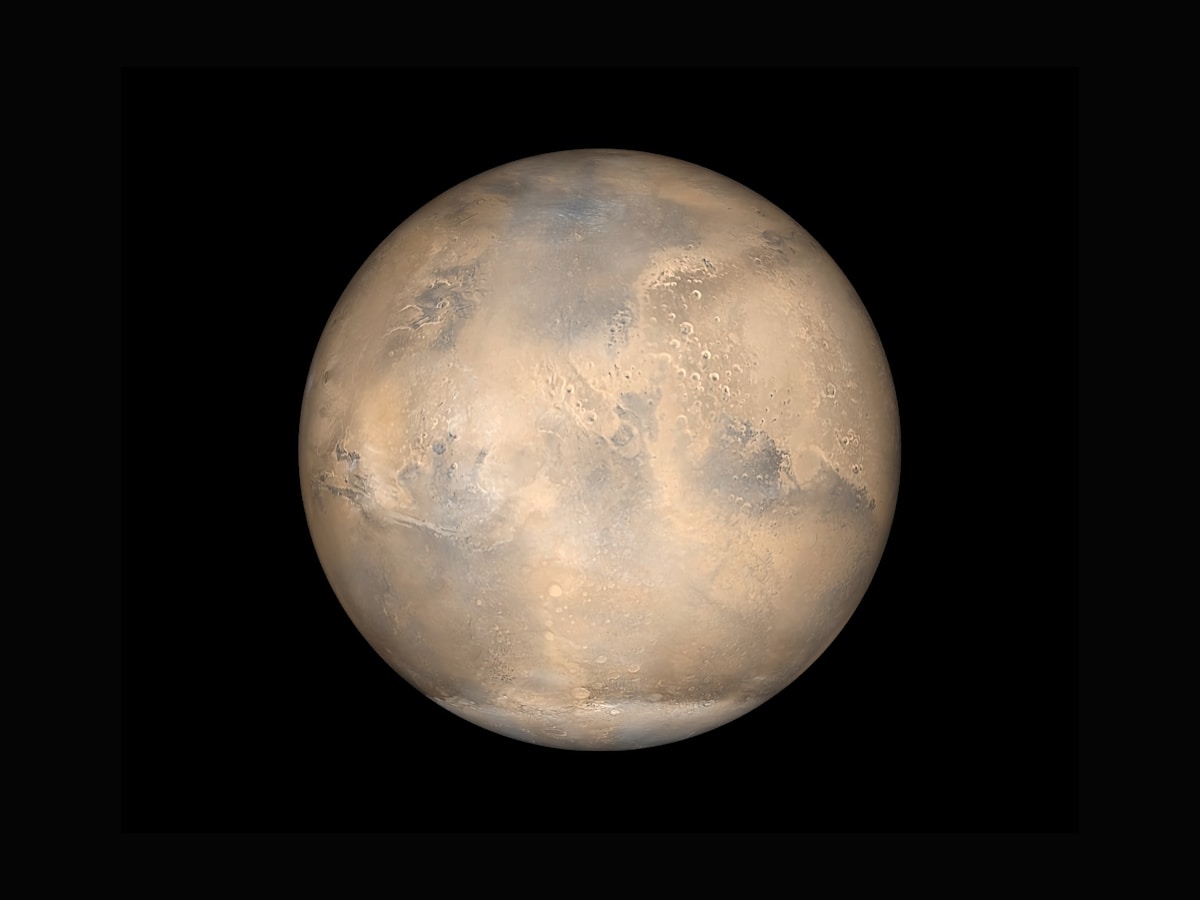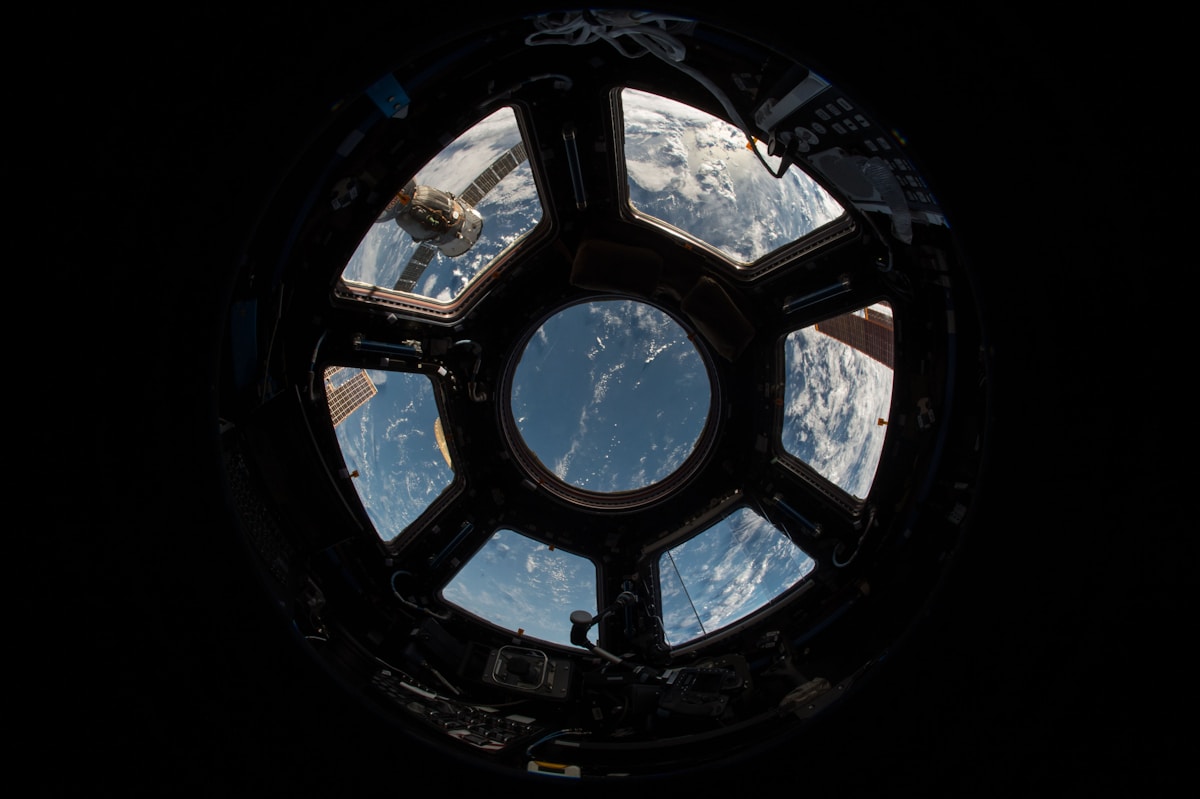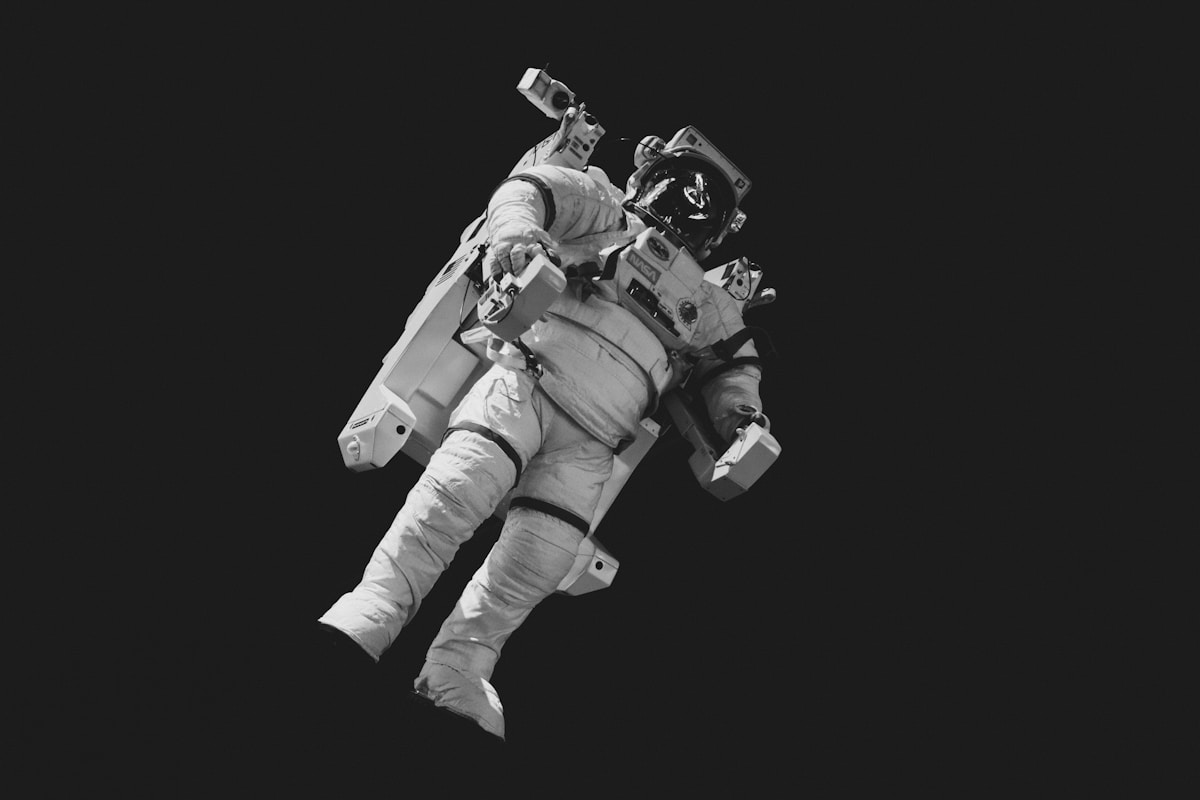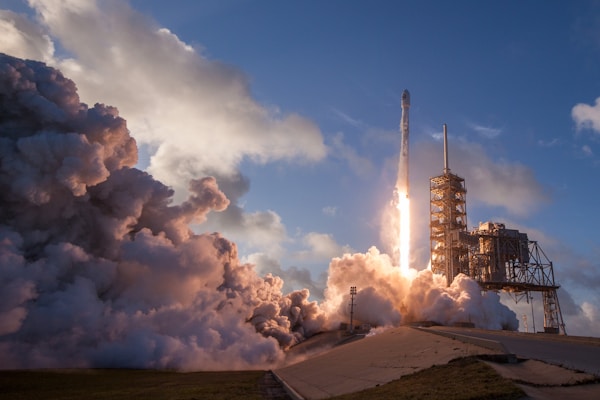Earth orbit has become increasingly congested over the past decade. The proliferation of satellite mega-constellations, the accumulation of orbital debris, and the growing commercial interest in space activities present unprecedented challenges for long-term orbital sustainability. This article examines the scope of these challenges and the technical and regulatory approaches being developed to address them.

The Space Debris Environment
Current estimates suggest over 34,000 objects larger than 10 centimeters orbit Earth, with millions of smaller debris pieces traveling at velocities exceeding 7 kilometers per second. At these speeds, even paint flecks can damage spacecraft, while centimeter-sized debris can be catastrophic to operational satellites.
The debris population stems from multiple sources: spent rocket stages, defunct satellites, collision fragments, and solid rocket motor exhaust products. Notable events like the 2007 Chinese anti-satellite test and the 2009 Iridium-Cosmos collision generated thousands of trackable fragments that will remain in orbit for decades or centuries depending on their altitude.
Low Earth Orbit (LEO), particularly the region between 700-1000 kilometers altitude, represents a critical concern. At these altitudes, atmospheric drag provides insufficient natural debris removal, while the orbital environment contains both active satellite constellations and legacy debris. Some models suggest certain orbital shells may already be approaching the Kessler Syndrome threshold, where collision-generated debris creates a self-sustaining cascade effect.
Mega-Constellations: Promise and Peril
The emergence of satellite mega-constellations fundamentally changes the orbital environment. SpaceX's Starlink network aims for tens of thousands of satellites, while Amazon's Project Kuiper, OneWeb, and numerous other operators plan similar large-scale deployments. These constellations promise global broadband coverage and other services, but they also raise sustainability concerns.

Proponents emphasize that modern constellation satellites incorporate end-of-life disposal capabilities, typically using propulsion systems to deorbit within five years of mission completion. Many operators design satellites for lower altitudes where atmospheric drag naturally removes defunct spacecraft within years rather than decades. These measures represent significant improvements over historical practices.
However, questions remain about implementation reliability and operational effectiveness. Statistical failure rates applied to constellations of tens of thousands of satellites suggest hundreds could fail to execute controlled deorbit. Launch-related debris, collision probabilities during operational lifetimes, and the cumulative effects of multiple constellations all contribute to environmental impacts that require careful analysis and mitigation.
Active Debris Removal: Technical Approaches
Active debris removal (ADR) represents a potential solution for existing debris populations. Various technical approaches have been proposed and tested, each with distinct advantages and challenges.
Robotic capture systems use manipulator arms or nets to physically contact debris objects. The European Space Agency's ClearSpace-1 mission, planned for the mid-2020s, will demonstrate technologies for approaching, capturing, and deorbiting a defunct rocket upper stage. Such missions require sophisticated guidance, navigation, and control systems to safely rendezvous with uncooperative, potentially tumbling targets.
Contactless removal methods offer alternatives for debris objects that might fragment during physical capture. Electrodynamic tether systems use Earth's magnetic field to generate drag on attached debris. Laser systems propose using ground-based or space-based directed energy to ablate debris surfaces, creating thrust that lowers orbital altitude. Ion beam shepherds would use focused ion streams to gradually modify debris trajectories without direct contact.
Each approach faces technical, economic, and policy challenges. ADR missions are expensive, currently costing tens of millions of dollars per debris object removed. Scaling to address the thousands of high-risk debris objects would require dramatic cost reductions or new funding models. International cooperation and legal frameworks must address questions of liability, authorization, and verification for debris removal operations.

Collision Avoidance and Space Traffic Management
Near-term sustainability depends heavily on effective collision avoidance and space traffic management. The U.S. Space Surveillance Network tracks objects and provides conjunction warnings to satellite operators. When predicted close approaches exceed risk thresholds, operators can execute collision avoidance maneuvers to modify trajectories.
This system faces increasing strain as orbital populations grow. More satellites mean more potential conjunctions, requiring more frequent maneuvers that consume propellant and reduce operational lifetime. Constellation operators report executing hundreds of avoidance maneuvers annually, numbers that continue rising.
Improving space traffic management requires better tracking capabilities, standardized data sharing protocols, and potentially new organizational structures. Commercial space situational awareness providers are emerging, offering tracking services that supplement government capabilities. International coordination mechanisms are being developed, though geopolitical complexities complicate data sharing and operational coordination.
Automation may prove essential for managing future traffic densities. Manual conjunction analysis and maneuver decisions become impractical when constellations contain thousands of satellites. Autonomous collision avoidance systems must balance safety, operational efficiency, and the need to avoid over-reaction that generates unnecessary maneuvers.
Design for Sustainability
Long-term sustainability ultimately requires that spacecraft design and operations internalize orbital environmental considerations from the outset. Design-for-demise approaches ensure spacecraft break up during atmospheric reentry rather than surviving to impact the ground. Passivation procedures prevent on-orbit explosions by venting propellant and discharging batteries at end-of-life.
Standardized design practices are emerging through organizations like the Inter-Agency Space Debris Coordination Committee (IADC). These include requirements for post-mission disposal, limitations on operational debris generation, and assessments of collision risks during mission phases. Regulatory bodies in various nations are implementing mandatory sustainability requirements for licensed missions.
Economic incentives could complement regulatory approaches. Proposals for orbital use fees, liability insurance requirements, or tradable debris remediation credits aim to make orbital sustainability economically rational for operators. Such mechanisms face implementation challenges but represent thinking about long-term sustainability frameworks.
Conclusion: A Shared Resource Requiring Collective Action
Earth orbit represents a finite resource that humanity must manage responsibly to preserve long-term access to space. The challenges are substantial: a growing debris population, increasing commercial activities, and the technical difficulties of remediation and traffic management. However, solutions are emerging through technical innovation, regulatory development, and international cooperation.
Success requires sustained commitment from governments, commercial operators, and international organizations. Technical capabilities for debris removal, collision avoidance, and sustainable operations must continue advancing. Regulatory frameworks must balance enabling beneficial space activities with preventing environmental degradation. International cooperation must overcome geopolitical tensions to establish shared norms and practices.
The decisions made today regarding orbital sustainability will determine whether future generations inherit a pristine orbital environment that enables continued space development or a debris-filled hazard zone that constrains humanity's activities beyond Earth. The technical, policy, and economic challenges are surmountable, but only through deliberate, collective action by all spacefaring entities.

